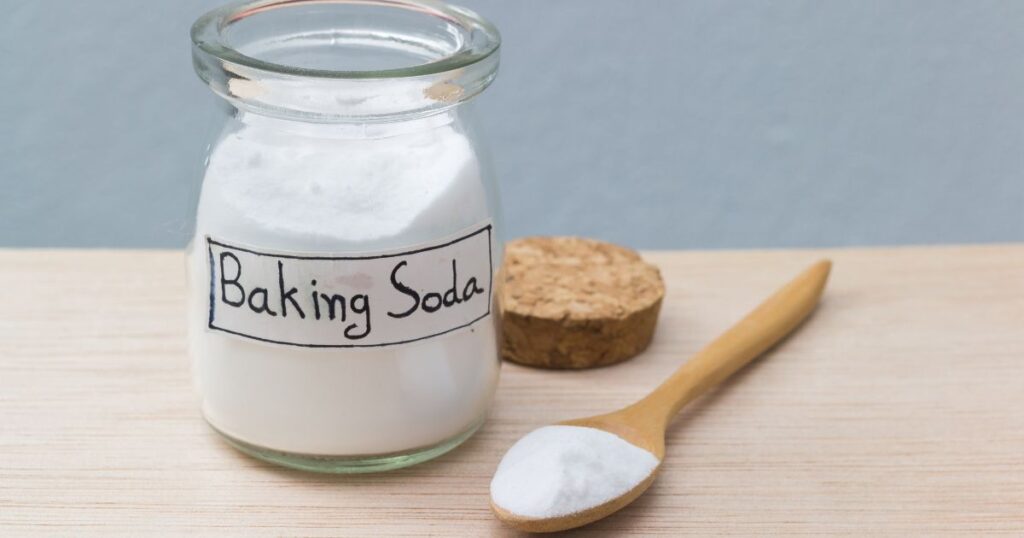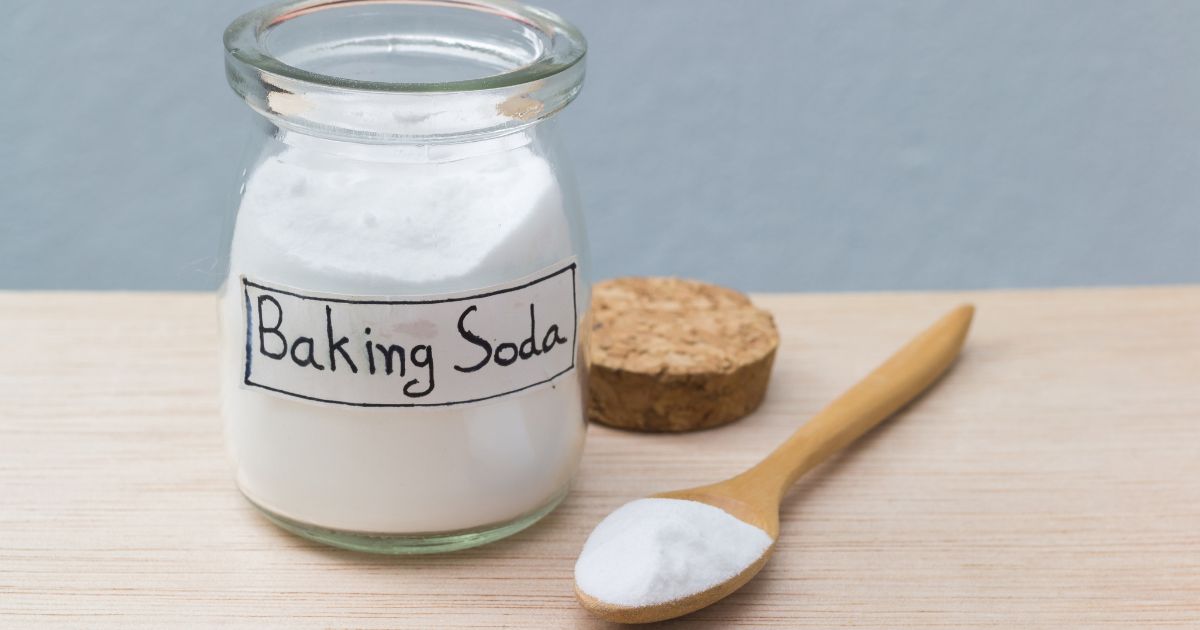RUNNING →
Level Up Your Nutrition Game With Our Freebies
Alex
I provide nutrition coaching for endurance athletes to improve performance and body composition through a simple and flexible eating style.
Hi, I'm
ATHLETE EATING GUIDE →
PROTEIN →
TRIATHLON →
RECIPES →
PERFORMANCE NUTRITION →
SUPPLEMENTS →
HOLIDAY & TRAVEL →
PLANT-BASED →
FEMALE ATHLETE NUTRITION
Explore the Blog
LEARN MORE →
ATHLETE GROCERY SHOPPING GUIDE →
RACE DAY: TRIATHLON NUTRITION PLANNER →
READY TO FUEL?
incredible value!
The fueling guide bundle serves as your one-stop-shop for strategies to fueling before, during and after your workouts.
ENDURANCE EATS
BINGE-WATCH READY!
YOUTUBE SERIES
So often we are bombarded with the latest and greatest sports nutrition discoveries that promise top-notch performance benefits. As an endurance athlete, it can be difficult to decipher what is valid and what sports nutrition products are a hoax. Lately, there’s been a lot of discussion on sodium bicarbonate for managing lactic acid buildup and improving endurance performance. Read further to better understand the physiology of lactate or lactic acid build up and nutrition strategies for optimizing performance.
Note – Lactate and lactic acid are terms often used interchangeably, but they are actually slightly different in chemistry from one another. Technically, our body produces lactate during strenuous exercises, not lactic acid. Since most people recognize lactic acid and lactate to be the same, we will use either term in this article.
Prefer to watch your endurance nutrition content? Check out the Endurance Eats Video Series!
Endurance Eats is a video series dedicated to discussing optimal fueling for athletes – triathletes, runners, cyclists, and more!
Don’t forget to hit that subscribe button to catch future episodes!
IN THIS EPISODE:
(0:00) – Welcome
(1:04) – Sodium bicarbonate for lactate/lactic acid build up
(20:30) – Does creatine monohydrate boost endurance performance?
(33:45) – Green powders for athletes – are they worth it?
Introduction to Lactate/Lactic Acid Build Up

During exercise of increasing intensities, particularly in endurance sports, a by-product called lactate is produced in the human body. Lactate/Lactic acid is made by muscle tissue and red blood cells, which carry oxygen away from your lungs to other body parts. In everyday life, normally lactate in the bloodstream is low. But when oxygen levels decrease due to strenuous exercise efforts, lactate levels increase. Most endurance athletes have experienced these notable signs of lactic acid build up in muscles including:
- A burning sensation in the muscle tissue accompanied by the onset of fatigue
- Muscle soreness or cramping
- Generalized weakness
- Nausea or abdominal pain
The point at which excess lactate begins to accumulate in your bloodstream is referred to as lactate threshold. Every athlete has a lactate threshold (professional athletes included) and it is an important indicator, among many, of athletic performance.
In simple terms, the lactate threshold measures an athlete’s ability to sustain a high rate of energy expenditure without being limited by fatigue.
The lactate threshold is a good predictor of submaximal fitness at which exercise pace can be maintained over a prolonged period of time without fatigue. Increasing your lactate threshold can provide you with a distinct and competitive advantage. For example, an athlete with a lactate threshold of 70% of VO2 max should have better endurance potential than an athlete with a threshold of 65% and the same VO2 max. This is because the higher lactate threshold allows the athlete to work closer to his or her aerobic capacity.
Notably, endurance athletes can increase their lactate threshold through training strategies. These strategies include: increasing overall training volume and also adding in key workouts such as intervals. Endurance athletes can also consider using ergogenic aids, including sodium bicarbonate, for better managing lactic acid build up.
The Science Behind Lactate/Lactic Acid Build Up
I am certainly no chemistry whiz, but let’s (briefly) dive into the science behind lactate/lactic acid buildup. In chemistry, pH is a scale used to mark how acidic or alkaline (basic) a solution is. On a scale of 0 (most acidic) to 14 (most basic), pure water has a pH of 7.0. The pH level of the human body varies largely. Stomach acid is extremely acidic at a pH of 1. Urine is very mildly acidic at a pH of 6. Interestingly, the pH of the human body is tightly regulated, which ensures proper functioning. This is commonly known as the acid-base balance.
Many factors including exercise can disrupt this balance. During higher bouts of exercise such as anaerobic (short, high-intensity exercise), your body’s demand for oxygen exceeds the available supply. With this process, a few things happen:
- Your muscles cannot rely on oxygen to produce adenosine triphosphate (ATP). ATP is the source of energy for use and storage at the cellular level. Instead, muscles must switch to an anaerobic pathway to produce ATP. A major byproduct of the anaerobic pathway is hydrogen (H+)
- Too much hydrogen in the working muscles decreases the pH of your muscles, creating an acidic environment
- This acidic environment leads to lactate/lactic acid build up and the unwanted “burning” sensation in muscle tissue. This is accompanied by fatigue and can ultimately impair performance, in addition to other factors of course
Sodium bicarbonate is a well-researched buffer commonly used for maintaining the pH levels in the blood and helping to mitigate this process.
Sodium Bicarbonate (NaHCO3): An Overview
From a sports nutrition perspective, sodium bicarbonate supplementation leads to an acute increase in bicarbonate concentration in the blood. This makes the blood more alkaline. Furthermore, this increases the pH gradient between the muscle and blood. And thus, more hydrogen ions will be transported out of the muscle during exercise (this is a good thing). Ultimately, this can lead to improved exercise performance.
As you’re cleaning your pantry, sodium bicarbonate is likely a staple found in your kitchen. Sodium bicarbonate, also known as baking soda, is commonly used in cooking, baking, cleaning, and in personal hygiene. Typically individuals ingest sodium bicarbonate daily, though in much smaller amounts.

Benefits of Sodium Bicarbonate Supplementation
Research supports that there is an ergogenic benefit of sodium bicarbonate supplementation. Particularly during all-out exercises varying in length from 30 seconds- 10 minutes. Sodium bicarbonate supplementation has been well-researched in high-intensity cycling, running, swimming and rowing. Though research is preliminary and more studies are needed in endurance-based sports.
Products such as Maurten Sodium Bicarbonate tout a 1-4% increase in performance depending on the athlete and the event. With the Maurten Sodium Bicarbonate products, you are also ingesting at least 4000 mg of sodium (weight-based dosage). So you may very likely not need as much sodium throughout your workout and race.
Several of our clients (and my team dietitian) have experimented with the Maurten Sodium Bicarbonate prior to endurance events. They conclusively agree that the hardest part is “sloughing it down” as the texture is a tad mucusy. Though each athlete reports noticing performance-boosting effects. They reported effects such as delayed workout fatigue, increased sharpness intra-workout, and better leg turnover while training and racing.
Precautions and Considerations of Using Sodium Bicarbonate
Unfortunately, there can be some unwanted side effects that may occur following sodium bicarbonate ingestion. This may include unwanted gastrointestinal issues such as bloating and abdominal pain, nausea, and diarrhea. Many athletes may feel that experiencing some side effects is a small price to pay for potential performance improvements. Though it’s still ideal to be cautious when experimenting with sports nutrition products, including sodium bicarbonate. Always avoid trying anything new on race day, and make sure to test it well in training.
Fortunately, consuming sodium bicarbonate with a carbohydrate-rich food or beverage can improve tolerance. With Maurten Sodium Bicarbonate, for example, you consume the miniature sodium bicarbonate capsules mixed with the carbohydrate-rich Maurten hydrogel. This boosts total sodium, sodium bicarbonate, and carbohydrate intake prior to your workout or race. Taking the bicarbonate in capsules versus powder may also help improve tolerance.
For competitive endurance sports, sodium bicarbonate is WADA-approved and not a banned substance. Though always be sure to speak with your medical care provider prior to consuming any nutrition supplement.

Incorporating Sodium Bicarbonate Into Your Training
Sodium bicarbonate is ingested relative to an athlete’s body mass. Research shows that the minimum sodium bicarbonate single-dose supplementation protocol is 0.2g/kg. Though the optimal dose is closer to 0.3g/kg of body weight. For an individual that weighs 150 pounds, this would be approximately 4 ½ tsp of baking soda, which may be difficult to stomach. Sodium bicarbonate is also available in pill and capsule form. The recommended timing is typically to consume 60-180 minutes before exercise or competition.
Your race day nutrition plan should not include any nutrition strategies that you have not tried in training. As always, my team and I highly recommend experimenting with any ergogenic aids prior to race day to ensure tolerance.

Other Strategies for Managing Lactate/Lactic Acid Build Up
As always, it is imperative to stay hydrated for a variety of reasons. But hydration can be key to lowering lactic acid buildup. I encourage endurance athletes to stay adequately hydrated at baseline day in and day out. According to the National Academy of Sports Medicine, the recommended fluid intake for men is 125-130 oz/day (approx. 16 cups) and 91-95 oz/day (approx. 12 cups) for women. Remember that this number can increase depending on your baseline training duration and intensity. Start tracking your water intake in an app or journal over the course of a few days and training sessions. This will give you a good starting point to make sure you are staying well-hydrated heading into the race.
There is also increasing research to suggest that beta-alanine supplementation can also reduce the onset of blood lactate accumulation. Though the beta-alanine dosage and guidelines are conflicting. As always, speak with your medical care provider prior to starting any nutrition supplement.
Athlete Support
My team and I are here to support you on your endurance athlete adventures. If you are looking for additional support on your nutrition supplement or everyday routine, reach out. We’re here to help!
Alex
I provide nutrition coaching for endurance athletes to improve performance and body composition through a simple and flexible eating style.
Hi, I'm
LEARN MORE →
take the quiz!
Let's discover your Endurance Nutrition IQ
How well do you know your fueling? Answer these questions and let's see where your endurance nutrition knowledge is at!
Take the quiz
level up your nutrition game with these freebies
free downloadS
Protein-Packed 10-Day Sample Meal Plan
Athlete Eating Guide
Athlete Grocery Shopping Guide
1
2
3
Inspiration to fit 120 grams of protein into your day
Planning what goes on your plate
Putting the right foods in your grocery cart
